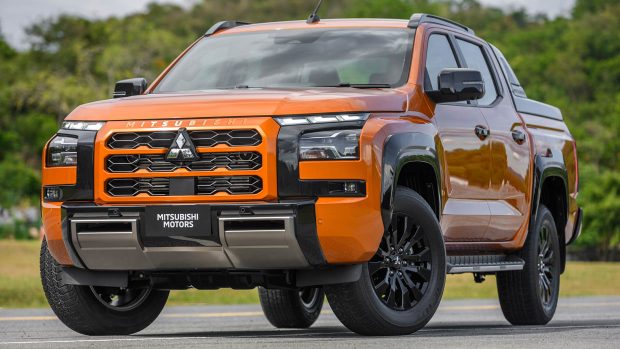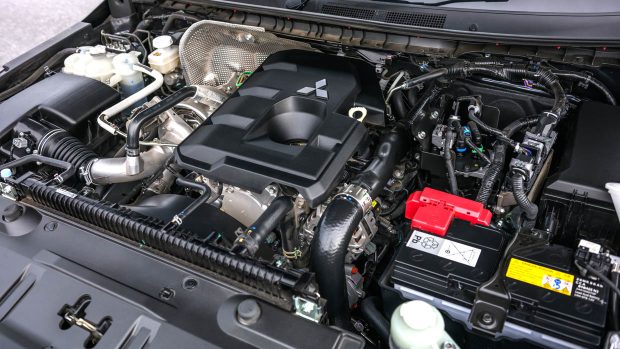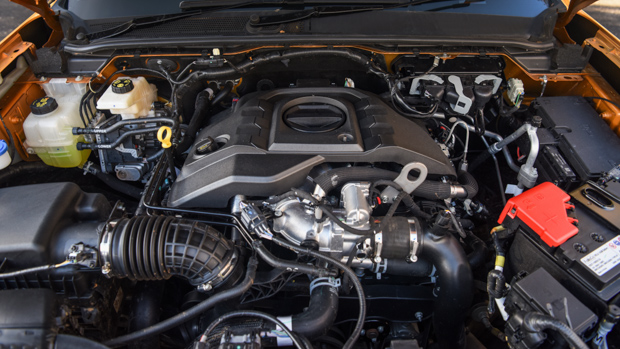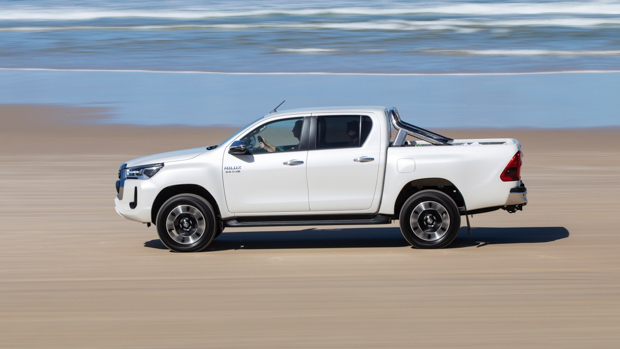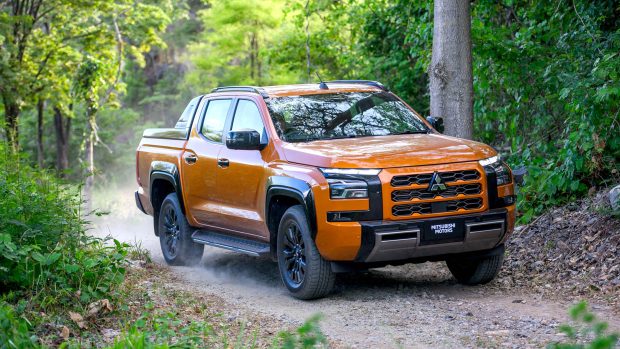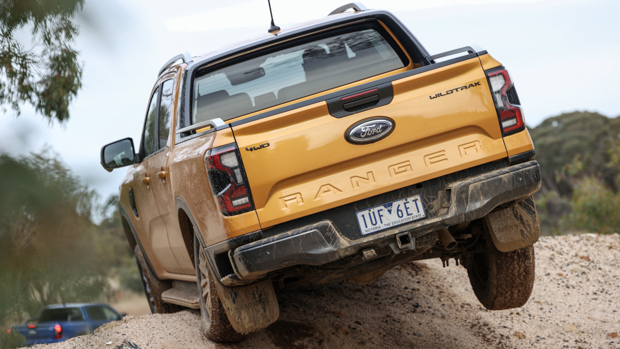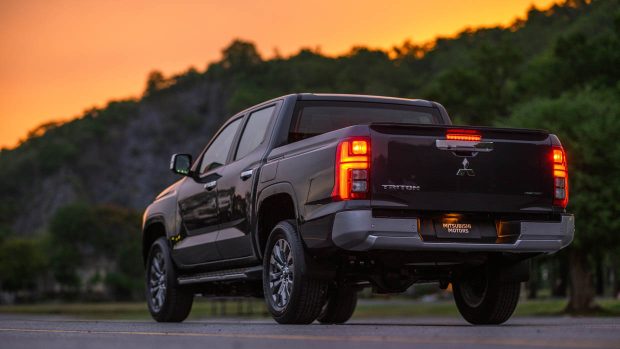-
Car Reviews
- Car News
-
Car Comparisons
Latest comparisons
- Chasing Deals
Chasing Cars compares the freshly-announced Mitsubishi Triton against some of its biggest rivals in the popular ute segment
The all-new Mitsubishi Triton has at long last been revealed to the world, with a more powerful twin-turbo diesel engine, fresh styling and more work-horse capabilities, but how does it compare with the Toyota Hilux and Ford Ranger – two of the longest reigning best-sellers on Australian shores?
Let’s take a closer look at what the 2024 model offers and compare Mitsubishi’s higher-spec Triton with the popular Toyota Hilux SR5 and the Ford Ranger Wildtrak, to see how the new model competes with two of Australia’s favourite utes.
The Mitsubishi Triton will use a new 4N16 iteration of its existing 2.4-litre turbo-diesel, but this time it features twin-turbocharging tom improve low-down response and torque. In its highest performance specification, this engine produces 150kW/470Nm.
The Toyota Hilux, meanwhile, uses a 2.8-litre single turbo-diesel engine that, when paired with the automatic transmission, produces 150KW/500Nm, so the Triton is creeping even closer into the Hilux’s performance territory.
Ford’s new generation T6.2 Ranger offers two powertrain options for the Wildtrak variant. A 2.0-litre bi-turbo four-cylinder diesel engine produces 154kW/500Nm, while a larger 3.0-litre turbo-diesel V6 engine produces 184kW/600Nm.
While the V6-powered Ford Ranger presents itself as the clear winner of the ute power battle, the new Mitsubishi Triton narrows the gap with a significant improvement over the outgoing fifth-gen, which produces 133kW/430Nm, for reference.
However, it’s possible Mitsubishi could offer a more high-performance focused Triton in the future as part of its Ralliart resurrection to do battle with the upcoming Toyota Hilux GR Sport and popular Ford Ranger Raptor.
Starting with the Hilux SR5, Toyota’s higher-tier dual-cab ute is currently priced from $62,490 before on-road costs for the automatic variant. The Ford Ranger Wildtrak, meanwhile, is available with either a 2.0-litre bi-turbo four-cylinder diesel engine, or a 3.0-litre turbo-diesel V6 engine.
The 2.0-litre is priced from $67,990 before on-road costs, while the larger and more powerful 3.0-litre V6 is priced $3200 dearer at $71,190 before on-road costs.
But what will the new Triton cost? Currently, a Triton GSR is priced from $57,940 before on-road costs. Chasing Cars estimates that a new GSR could be priced around $60,000 before on-road costs making it one of the more accessible options in the ute market.
As standard, the Toyota Hilux SR5 has seven airbags, blind spot monitoring, rear cross traffic alert and a panoramic view monitor standard.
Toyota has also added its Safety Sense systems into the Hilux, with the SR5 gaining lane departure alert, pre-collision safety system with pedestrian and daytime cyclist detection, road sign assist and high-speed adaptive cruise control.
The Ford Ranger Wildtrak is one of the segment leaders when it comes to safety and is specified with nine airbags, AEB, lane departure warning, lane-keep assist, blind spot monitoring, rear cross traffic alert and adaptive cruise control.
Also featured on the Wildtrak is adaptive cruise control with stop and go function, traffic sign recognition and lane centering.
Mitsubishi says the new Triton will include adaptive cruise control fitted as standard, along with other advanced safety features such as forward collision mitigation, blind spot warning with lane change assist and rear cross traffic alert, to name a few.
With its combination of cutting-edge kit, strong diesel engines and sophisticated safety, it’s not hard to see why the Ford Ranger is resonating with Australian buyers but all that substance comes at a cost.
Toyota’s Hilux has also shown incremental improvement over its many generations along with pricing increases and while, it can’t quite compete with the Ford’s comprehensive suite of features, it certainly deserves its place as one of the nation’s favourite.
On paper at least, the new Mitsubishi Triton appears to be vying for a greater share of Toyota and Ford’s market share. Furthermore, if it can come in at about the $60,000 mark for the more generously equipped variants, it’ll bolster the Triton’s reputation for making your cash go further.
The early signs are good but the final judgement will have to wait for Australian pricing, specification and our first drive.
Latest news
About Chasing cars
Chasing Cars reviews are 100% independent.
Because we are powered by Budget Direct Insurance, we don’t receive advertising or sales revenue from car manufacturers.
We’re truly independent – giving you Australia’s best car reviews.
